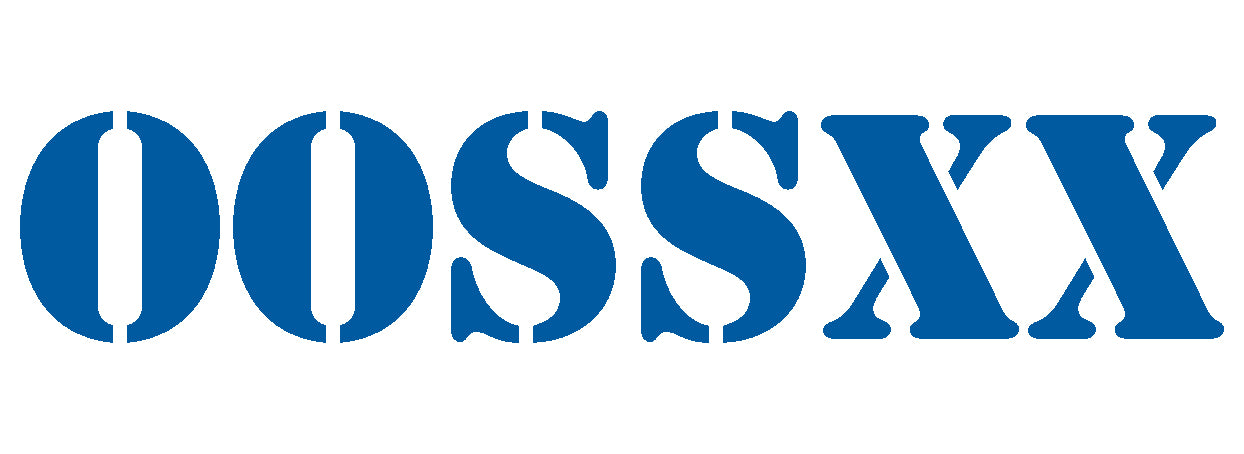OOSSXX surveillance systems usually include multiple devices to realize video surveillance and security monitoring. Below is an introduction to the common surveillance system devices and their functions:
Surveillance camera: a device for capturing video images. It can be divided into monochrome and color cameras and has different performance characteristics.
Lens (Lens): Used to adjust the camera's field of view to obtain the correct image. This includes fixed-focus and zoom lenses.
Infrared Illuminator (Infrared Illuminator): Provides infrared lighting required for nighttime shooting and improves the camera's night vision.
Camera Cases and Brackets (Camera Cases and Brackets): Provides support and protection for your camera from bad weather and man-made damage.
Pan-Tilt-Zoom Controller (Pan-Tilt-Zoom Controller): Remotely control the camera pan and adjust the lens focus and aperture.
Microphone: Collects high-sensitivity voice in real time to obtain audio information.
Monitor (Monitor): Used to display the video image obtained from the camera, there are various sizes and types of monitors to choose from.
Sequencer (Sequencer): Switches between multiple camera images and corresponding audio signals in sequence, and automatically displays each image.
Video Image Processor (Video Image Processor): Can display multiple images simultaneously on a split screen, or automatically switch to the relevant camera image in response to an alarm input.
Matrix Switch Controller (Matrix Switch Controller): Controls the input and output of video signals and manages multiple surveillance devices and alarm systems.
Professional Recorder (DVR/NVR): Used to record and store surveillance camera images and audio signals for later playback, analysis and archiving.
These devices work together to provide real-time monitoring, recording, storage and security management capabilities, and may involve different devices and configurations according to different application scenarios and requirements.






